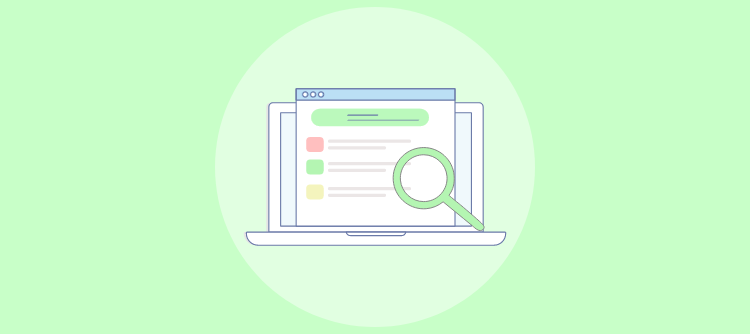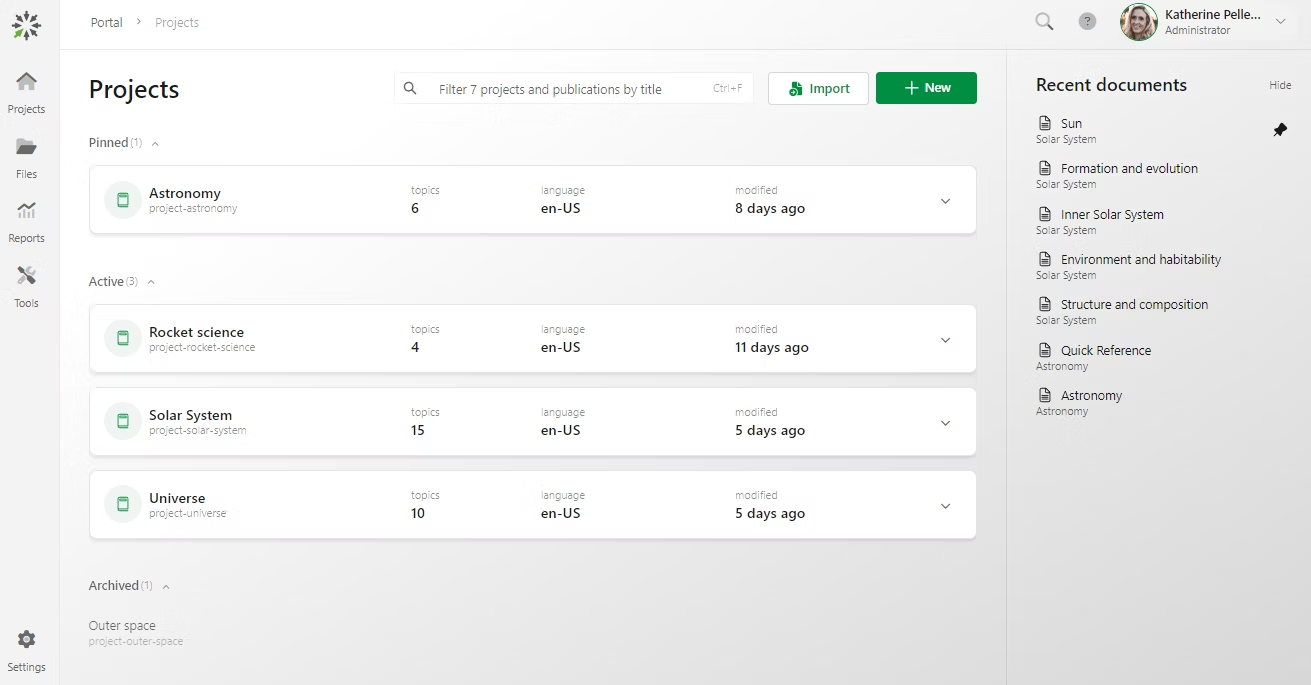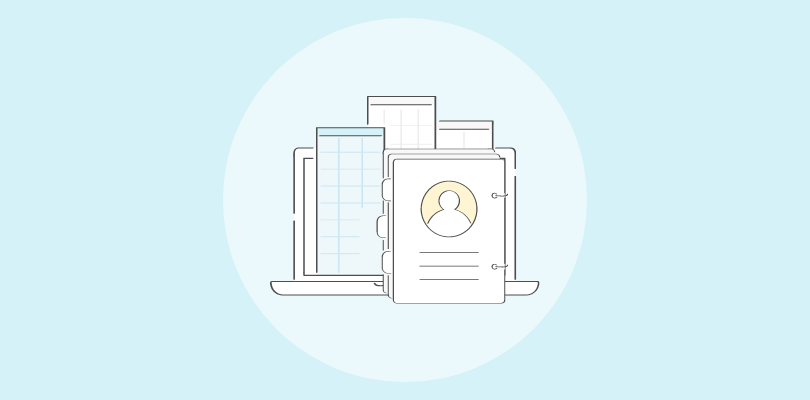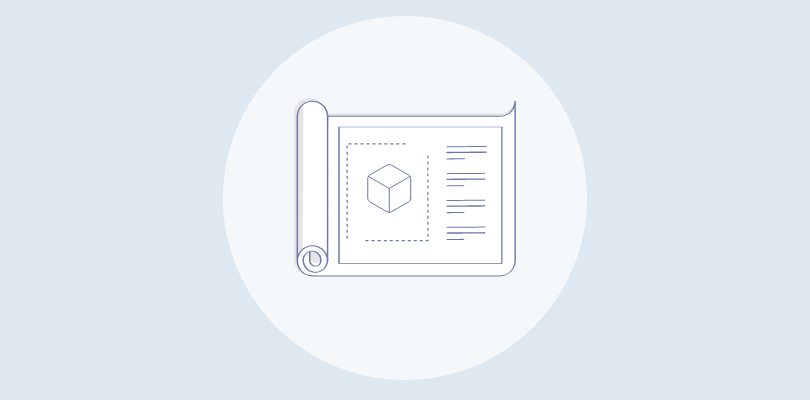The sea of complex regulations and processes makes creating policy and procedure manuals really challenging.
Policy and procedure manual templates can tackle this challenge by simplifying documenting your organization’s policies and procedures. With just a few clicks, you’ll have a comprehensive manual tailored to your needs.
In this blog, we’ll delve into the essential elements of an efficient policy and procedure manual template, explore some policy and procedure manual templates, and guide you through creating one.
What Is a Policy & Procedure Manual Template?
A policy and procedure manual template is a pre-designed document that serves as a framework for creating comprehensive and standardized policies and procedures.
It provides a structure and format that can be customized to fit an organization’s specific needs, saving time and effort in creating a manual from scratch. These templates typically include sections for essential areas such as employee guidelines, code of conduct, operational procedures, safety protocols, etc.
A policy and procedure manual aims to establish guidelines, protocols, and principles for all major organizational decisions, actions, and operations.
It serves as a centralized resource that employees can refer to to understand the expectations, policies, and processes governing their work. Organizations can use a template to ensure consistency in communication, minimize errors, and promote efficiency in day-to-day operations.
Related blog: How to Create Policy & Procedure Manuals
What Are the Elements of a Policy and Procedure Manual Template?
By incorporating the following elements into a policy and procedure manual template, organizations can create a comprehensive and user-friendly document that provides clear guidance and promotes consistency in operations and decision-making.
Introduction
The introduction section provides a brief overview of the purpose and scope of the manual.
It usually includes a welcome message from company leadership, an explanation of why the manual is essential, and an outline of the topics covered. This section sets the tone and context for the rest of the manual.
Table of Contents
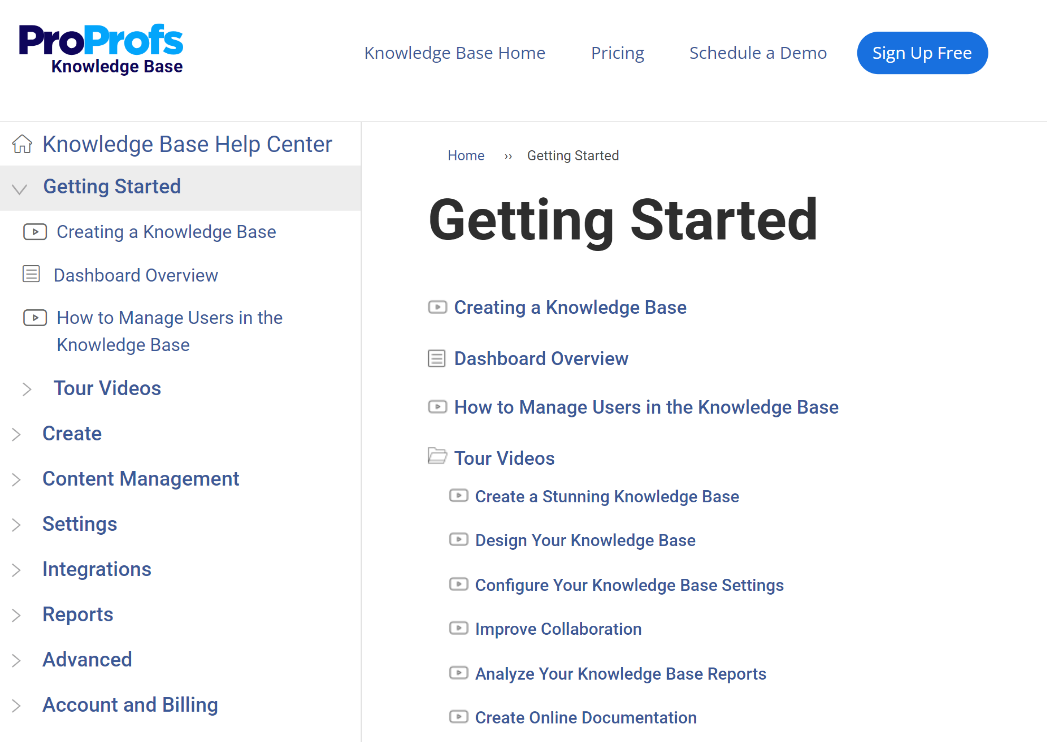
The table of contents is a vital element that helps users navigate the manual easily by providing a clear and organized outline of the policies and procedures.
It typically includes headings and subheadings corresponding to the sections and topics covered.
Policy Statements
Policy statements convey the company’s stance and guidelines on specific topics. Each policy statement clearly states the organizational objective, the intended audience, and the expected behaviors or actions.
It may also include the rationale behind the policy and any legal or regulatory references. Policy statements include anti-discrimination, confidentiality, data protection, ethical conduct, and social media usage.
Procedure Descriptions
Procedure descriptions outline step-by-step instructions for conducting specific organizational tasks or processes. This section should include detailed information on the sequence of actions, who is responsible for each step, any required documentation or forms, and any deadlines or timeframes.
Procedures should be written clearly and concisely, using language the intended audience can understand.
Roles & Responsibilities
This section clarifies the roles and responsibilities of different organizational positions or departments.
It outlines each role’s essential functions and duties and clearly defines who is accountable for what. This helps to prevent confusion and ensures that everyone understands their roles and the expectations placed upon them.
Forms & Templates
Incorporating forms and templates in the policy and procedure manual template can provide users with standardized formats for documenting specific activities or processes.
These forms help ensure consistency and streamline operational procedures. Examples of forms and templates might include leave request forms, incident report templates, performance evaluation forms, or purchasing request forms.
Compliance Information
Depending on the industry, policy and procedure manuals may need to include compliance information.
This section should reference relevant laws, regulations, industry standards, or certifications the organization must adhere to. It should also explain how the organization ensures compliance, including reporting or monitoring processes.
Communication Guidelines
Communication guidelines outline the organization’s expectations, protocols, and best internal and external communication practices.
This section may cover topics such as professional email etiquette, company branding and messaging, handling confidential information, and guidelines for effective meetings and presentations.
Training & Development
Having a section on training and development demonstrates the organization’s commitment to employee growth and continuous improvement.
This section can outline training programs, resources available, details of onboarding processes, and expectations for ongoing professional development. It may also cover performance management processes and employee recognition or rewards programs.
Revision History
The revision history section keeps track of the updates and changes made to the policy and procedure manual over time.
This section helps ensure that users know the latest version of the manual and provides transparency regarding who made the revisions and when they were made. It is essential to keep this section regularly updated to maintain the accuracy and relevancy of the manual.
How to Create a Policy and Procedure Manual Template
Every organization’s policy and procedure manual is unique based on specific needs and industry regulations. Creating a policy and procedure manual template involves the following steps.
Define the Purpose & Scope
Decide on the objectives and scope of your policy and procedure manual. Consider the specific areas you want to cover, like employee conduct, safety protocols, or financial procedures.
Research Best Practices
Research existing policy and procedure manual templates to collect ideas and understand industry best practices. This will help ensure your manual is detailed and aligns with relevant regulations and standards.
Outline the Manual
Create an outline for your manual by arranging the sections and elements you want to include. This will provide a roadmap for the content development process.
Draft Policies & Procedures
Write the policy and procedure statements for each section. Be clear and concise, and use language easily understood by the target audience.
Ensure each policy statement includes the objective, intended audience, expected behaviors, and legal or regulatory references.
Create Procedure Descriptions
Create detailed step-by-step instructions for each procedure. Clearly outline the sequence of actions, responsibilities, required documentation, and any deadlines or timeframes.
Design the Template
Decide on the layout and design of your manual template. Add headings, subheadings, bullet points, and tables to improve readability.
Include the company logo and branding elements to maintain consistency with the organization’s identity.
Include Supporting Documents
Identify forms, templates, or additional resources needed to support the procedures.
For example, include templates for incident reports, leave requests, or performance evaluations.
Review & Refine
Review the draft manual for accuracy, clarity, and consistency. Seek input from stakeholders, subject matter experts, and legal advisors to ensure compliance with relevant laws and regulations.
Document Revision History
Create a system to track revisions and updates to the manual. Include a revision history section that clearly states the changes made, the date of revision, and the person responsible for the update.
Seek Approval & Publish
Before finalizing the manual, seek approval from relevant stakeholders, such as management or legal departments.
Once approved, share the manual with all employees and provide training on its use and importance.
ProProfs Knowledge Base Templates for Policy & Procedure Manuals
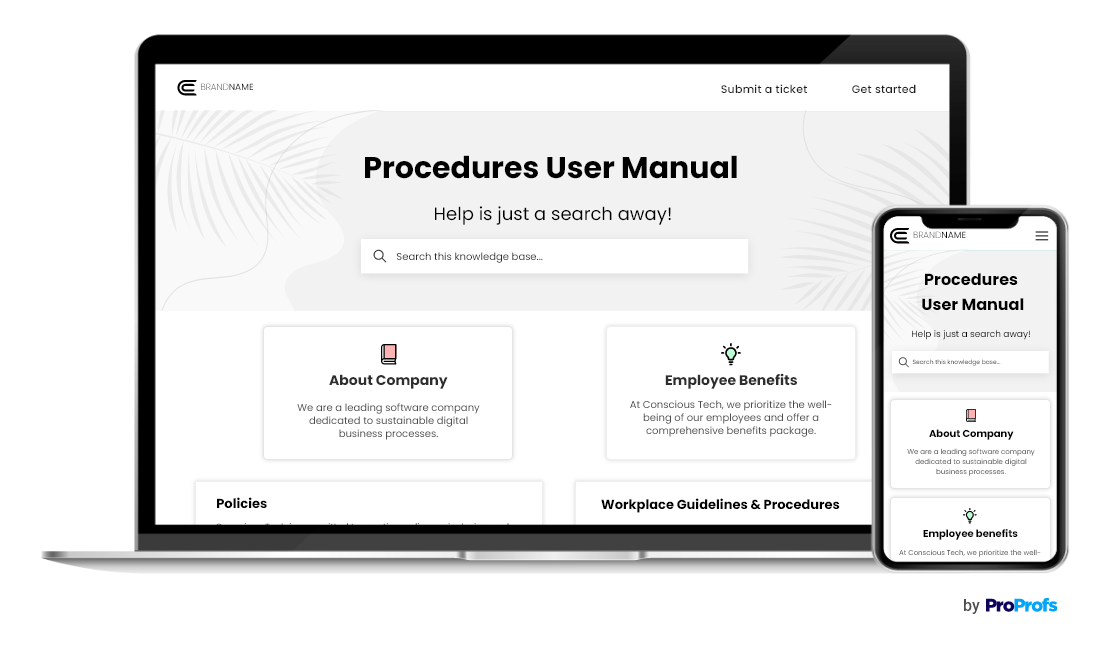
With a policy and procedure manual template, businesses can streamline their documentation process while ensuring consistency, compliance, and effective communication of policies and procedures.
ProProfs Knowledge Base templates provide users with all the guidance related to a company’s policies and work processes. It packs all work guidelines and company protocols in structured articles that are easy to read and understand.
These templates are highly convenient and user-friendly. They offer responsive designs, ensuring an optimal viewing experience on any device, including desktops, tablets, and mobile phones.
These templates are fully customizable, allowing organizations to tailor the look and feel to match their branding and style.
Sign up today to get started with creating comprehensive policy and procedures manuals. Get started here!
FREE. All Features. FOREVER!
Try our Forever FREE account with all premium features!
 We'd love your feedback!
We'd love your feedback! Thanks for your feedback!
Thanks for your feedback!


